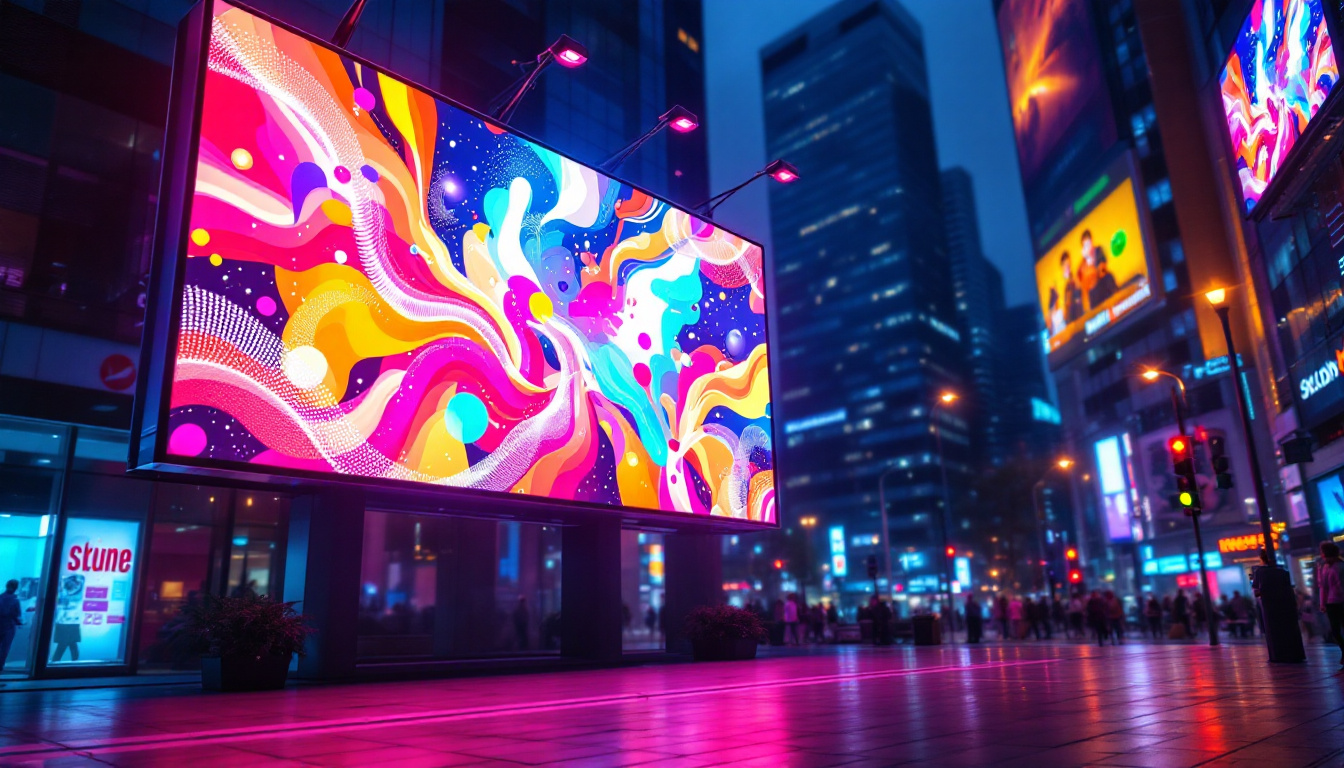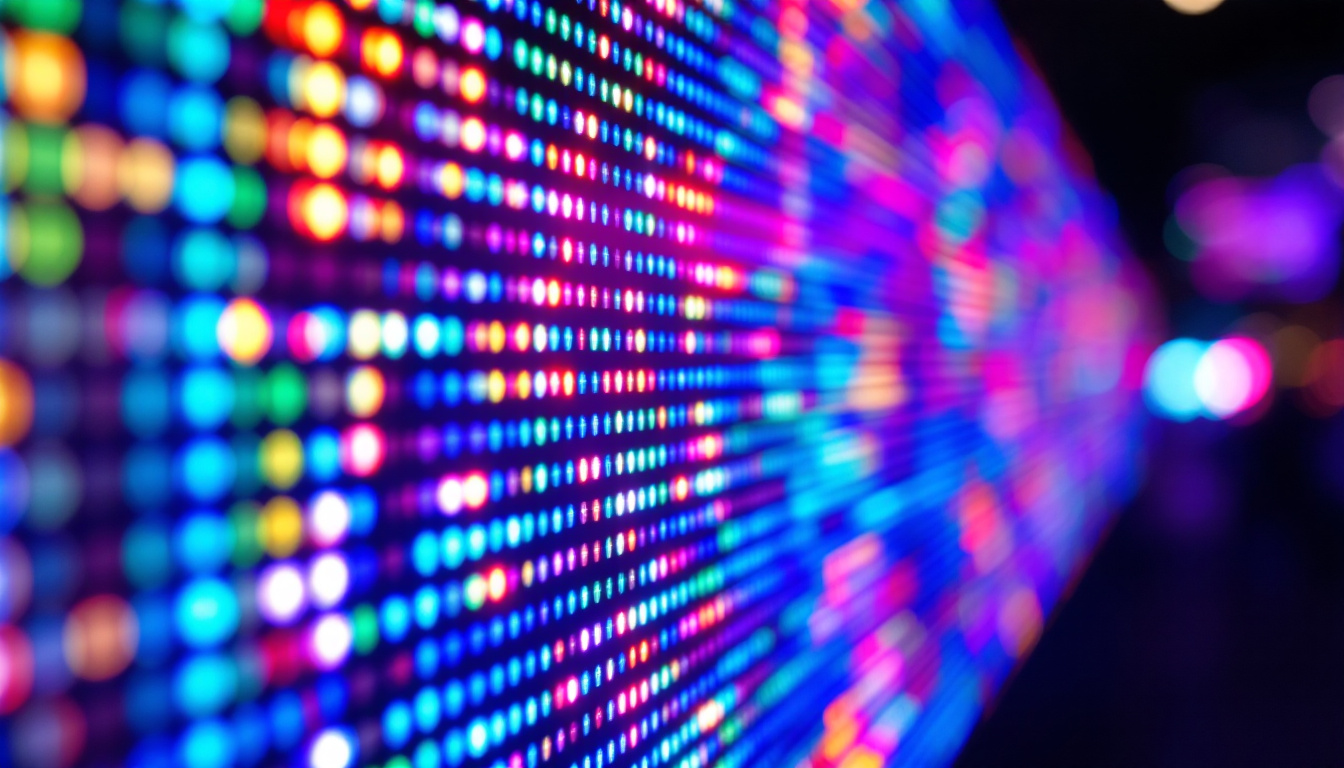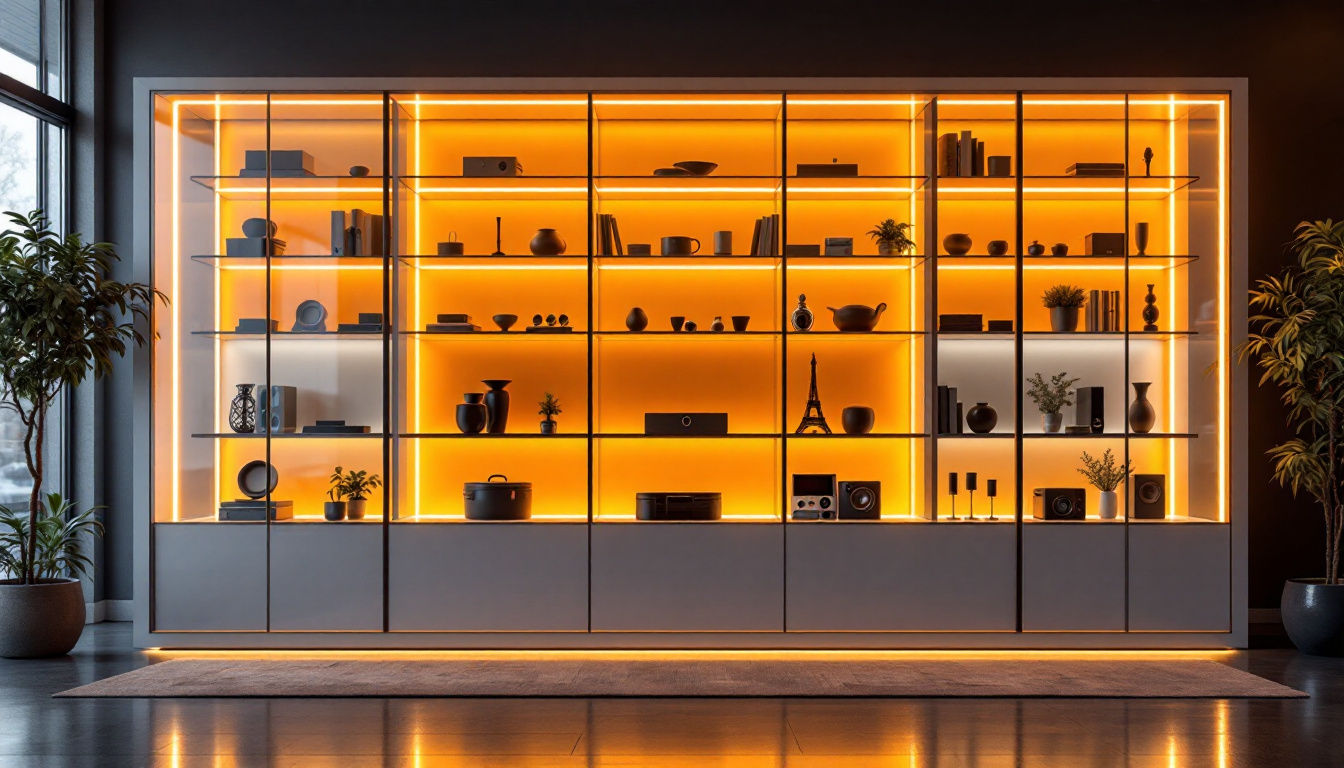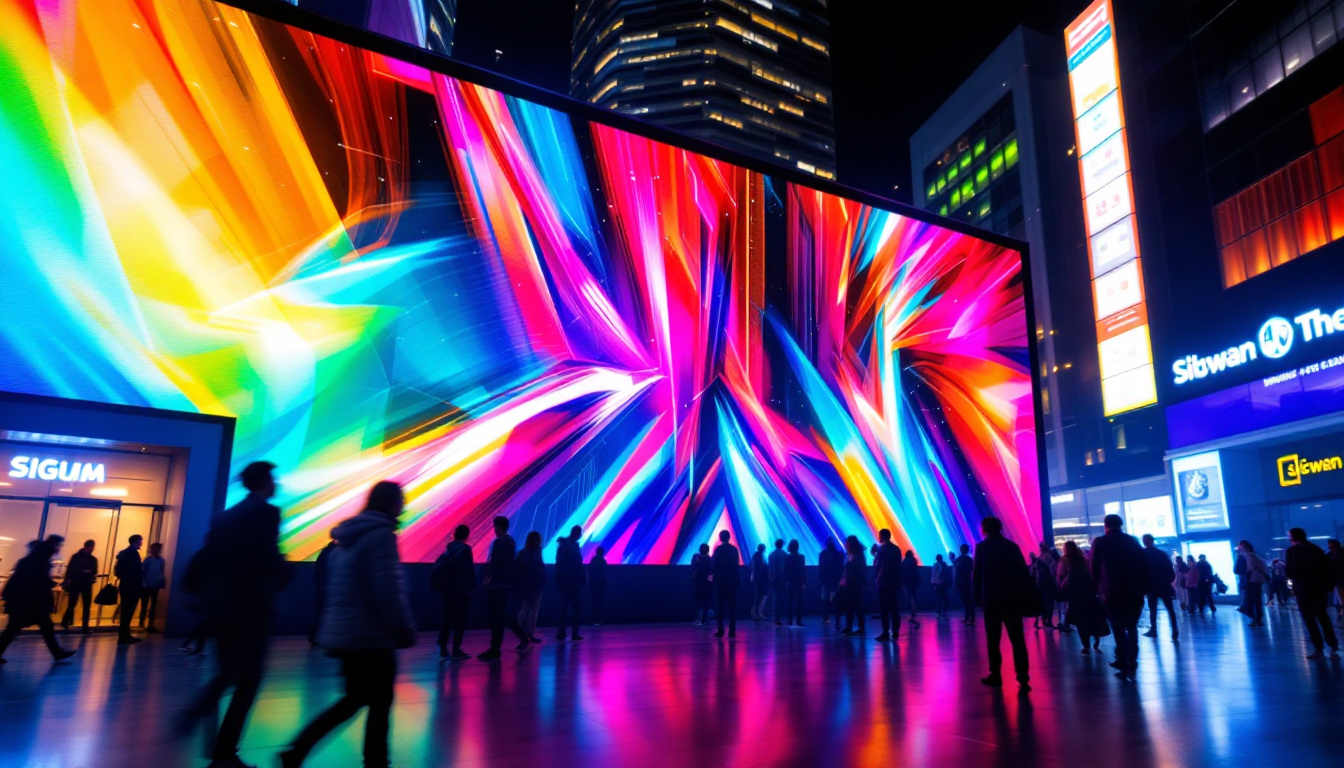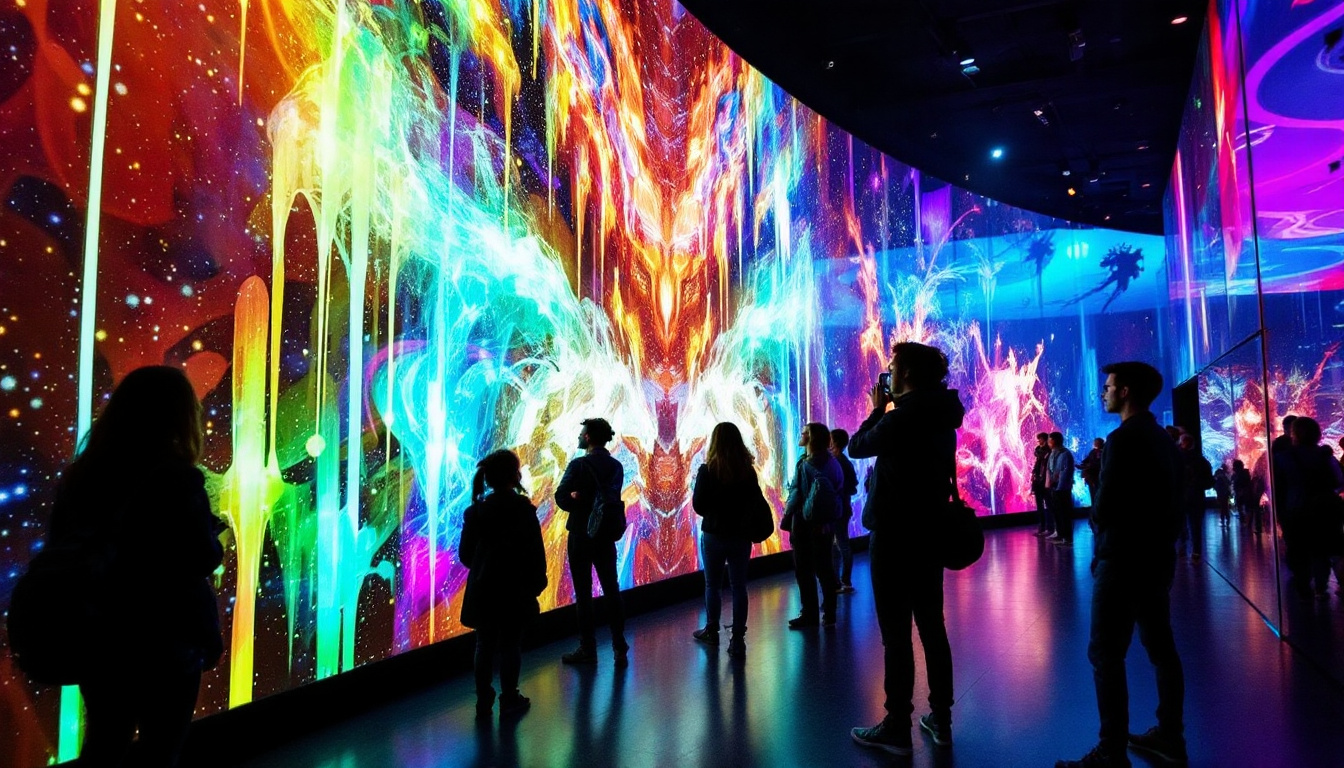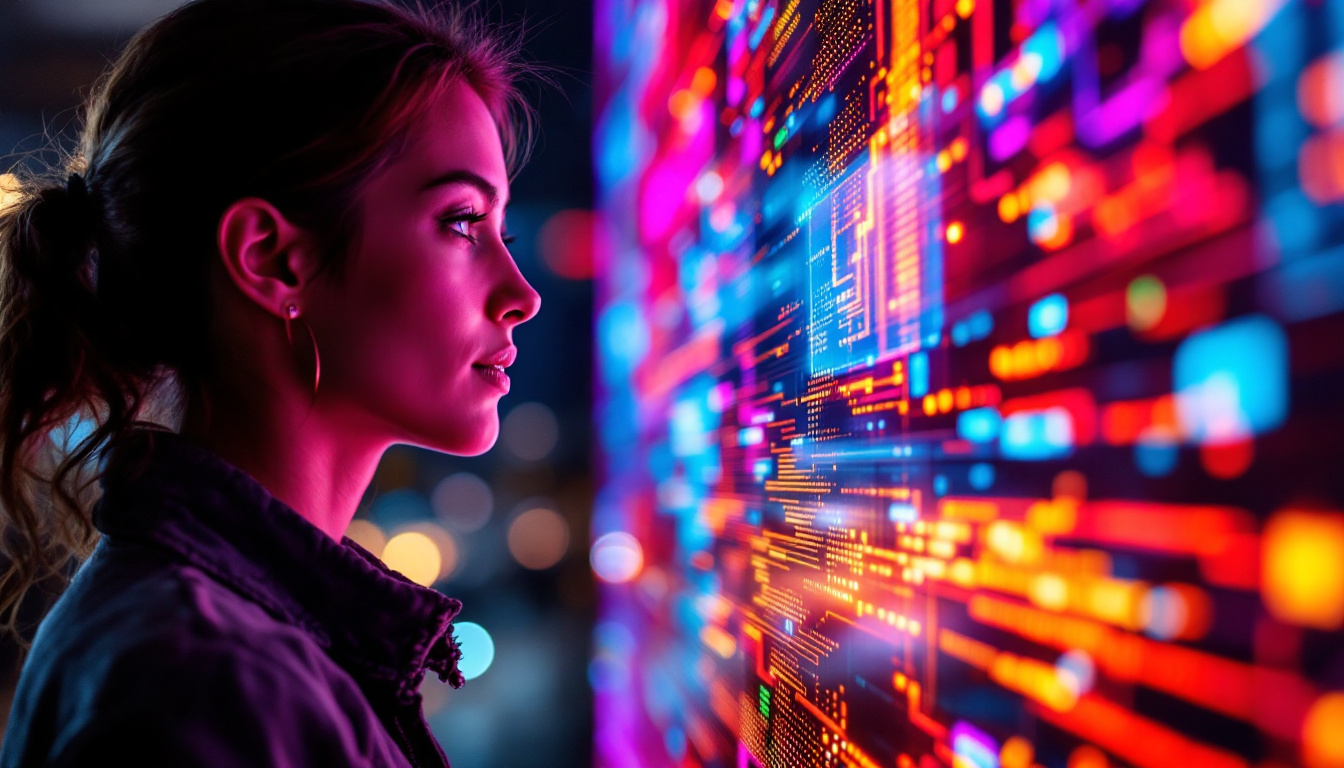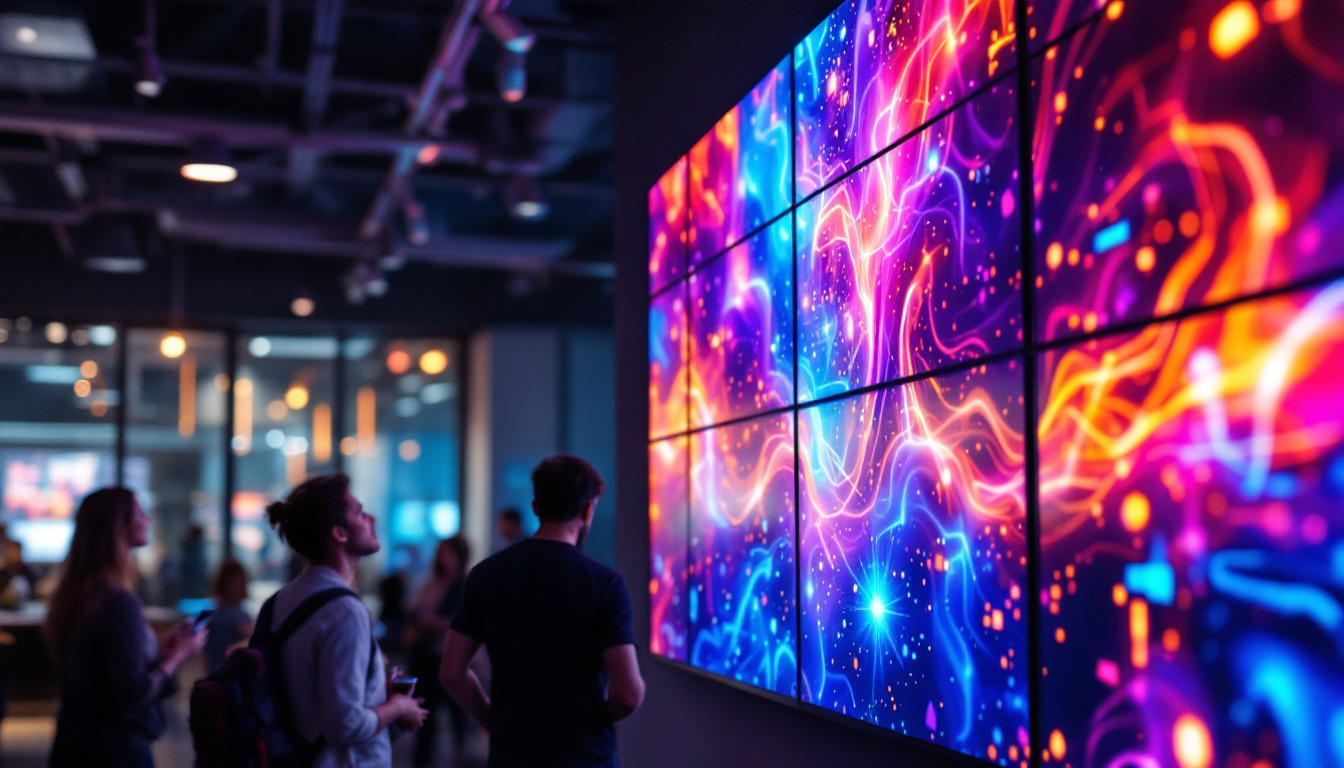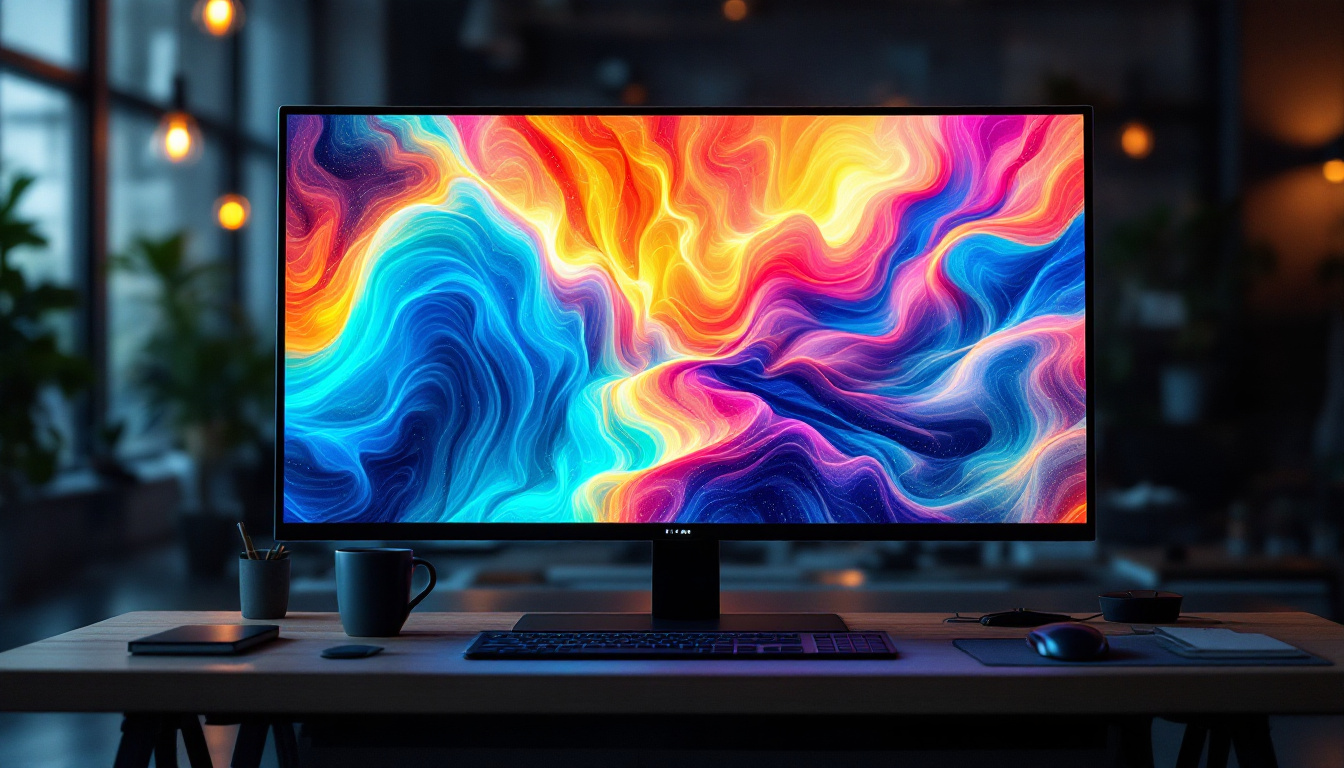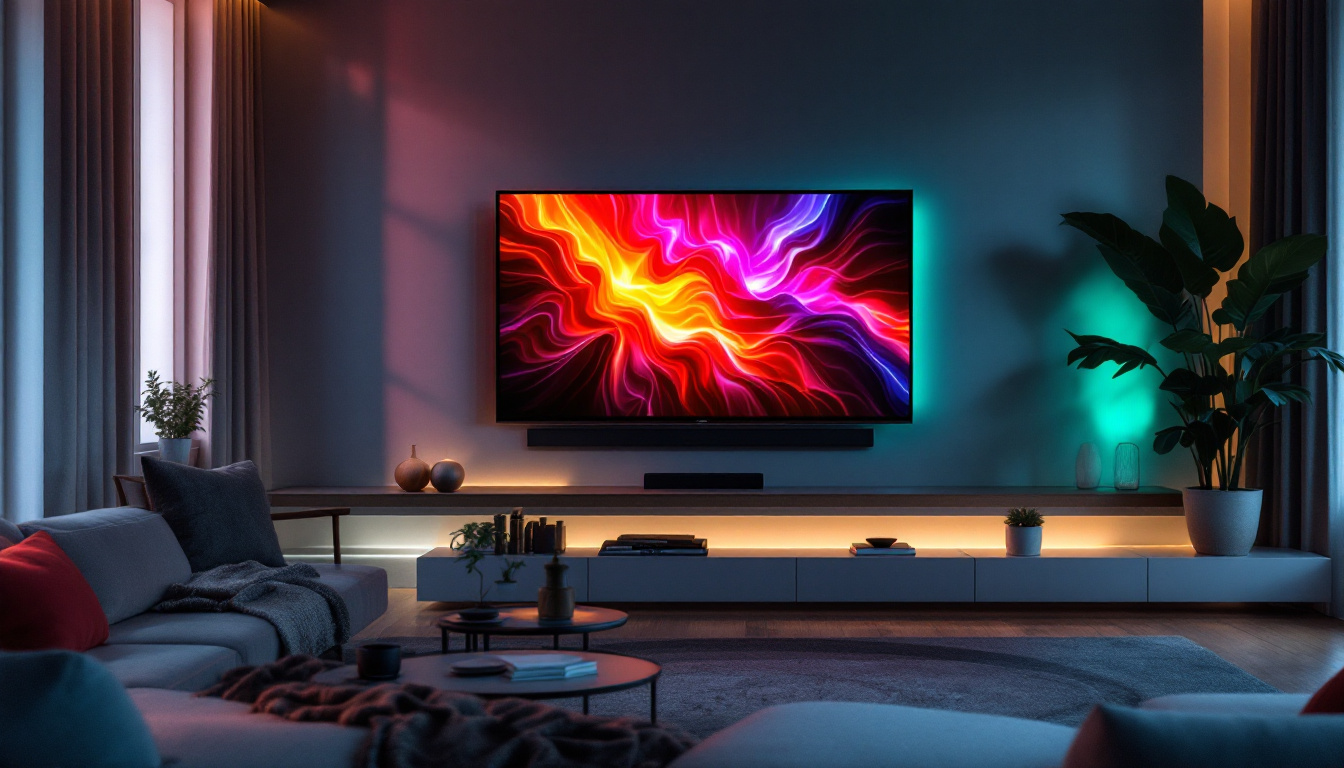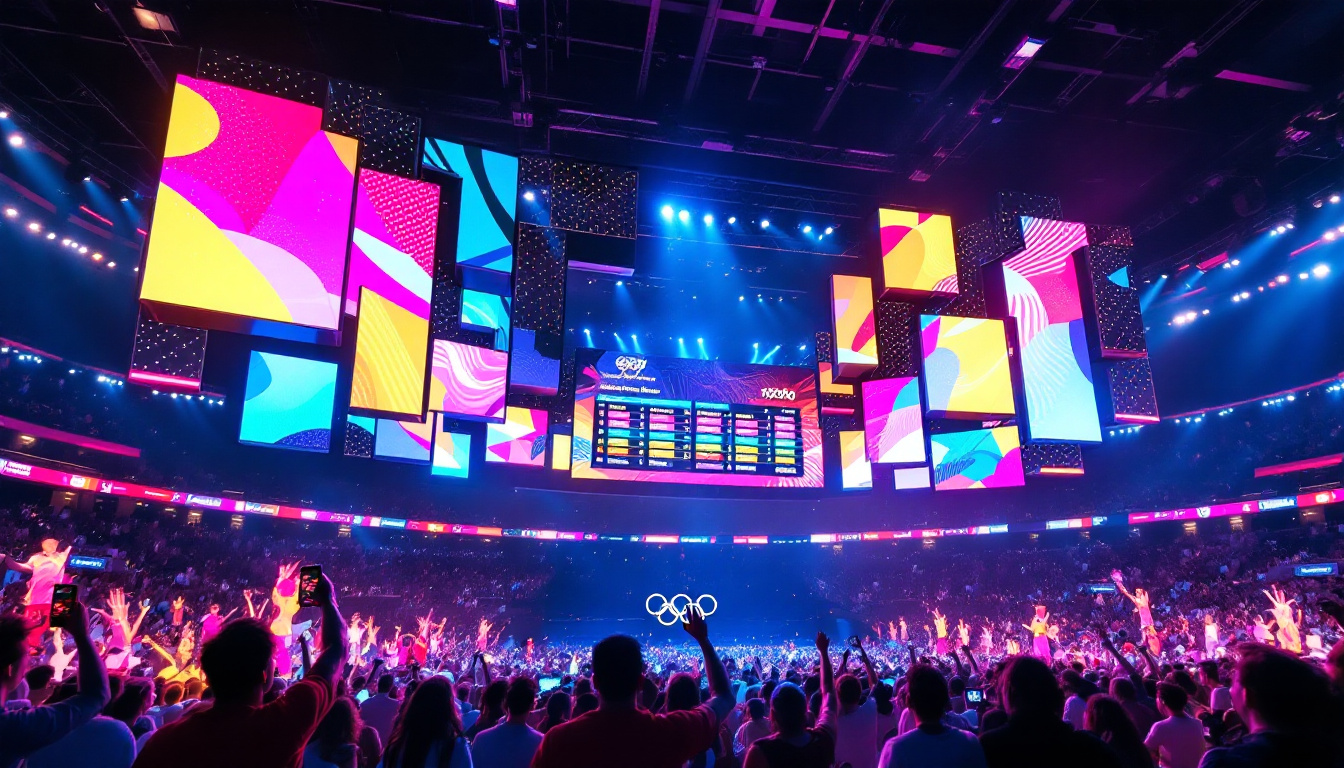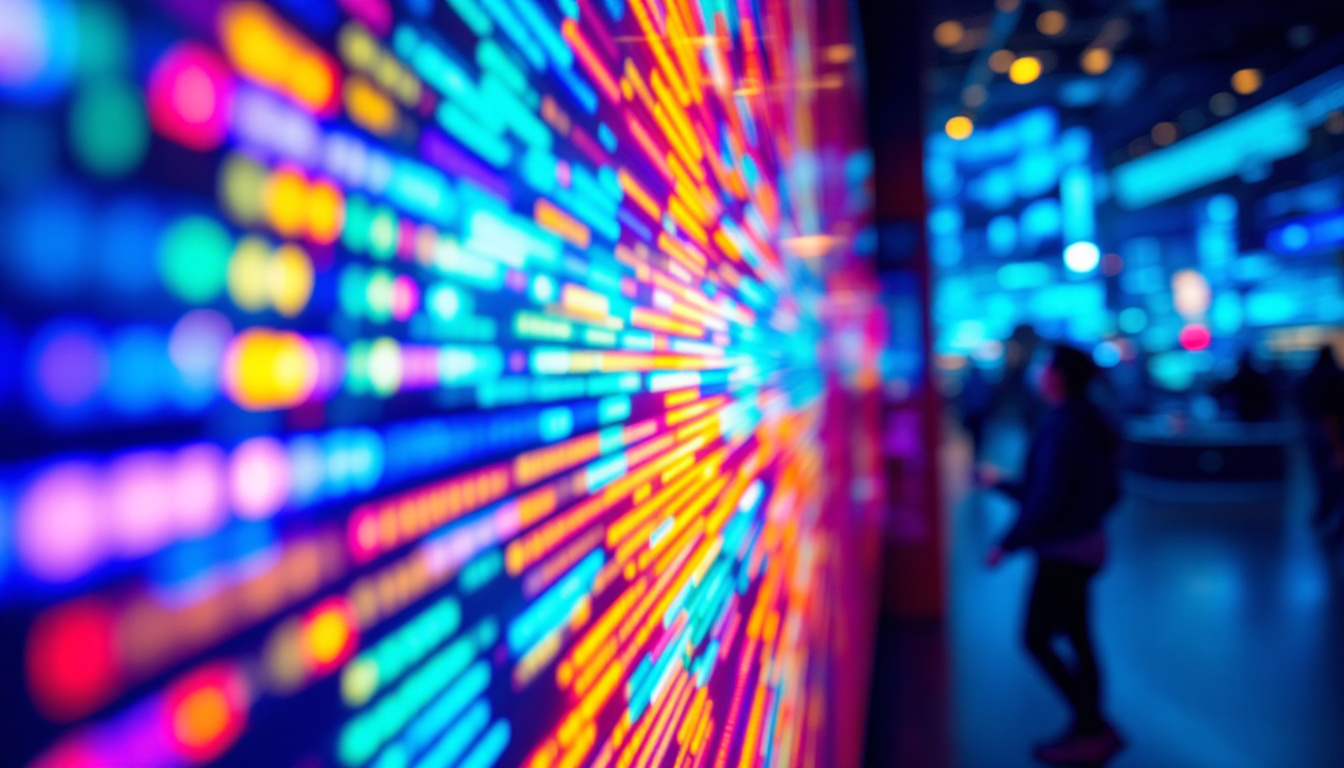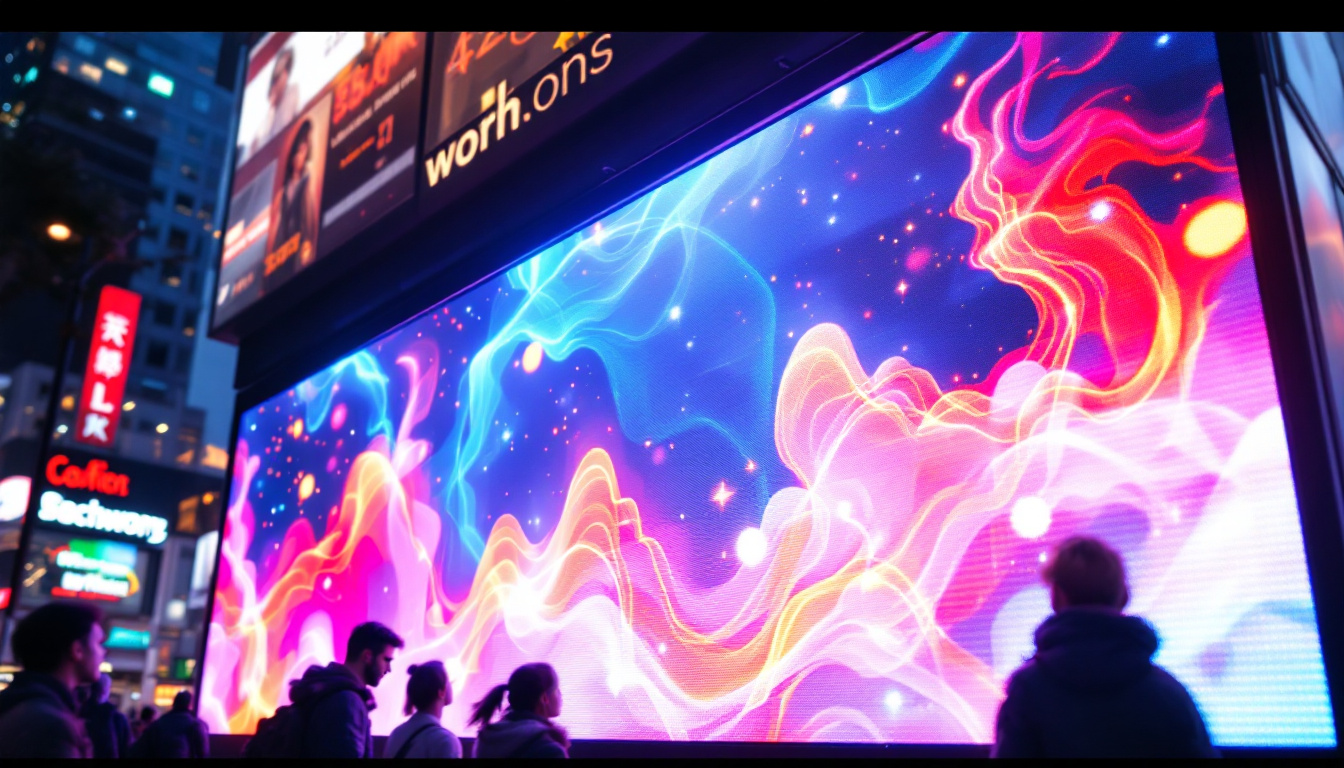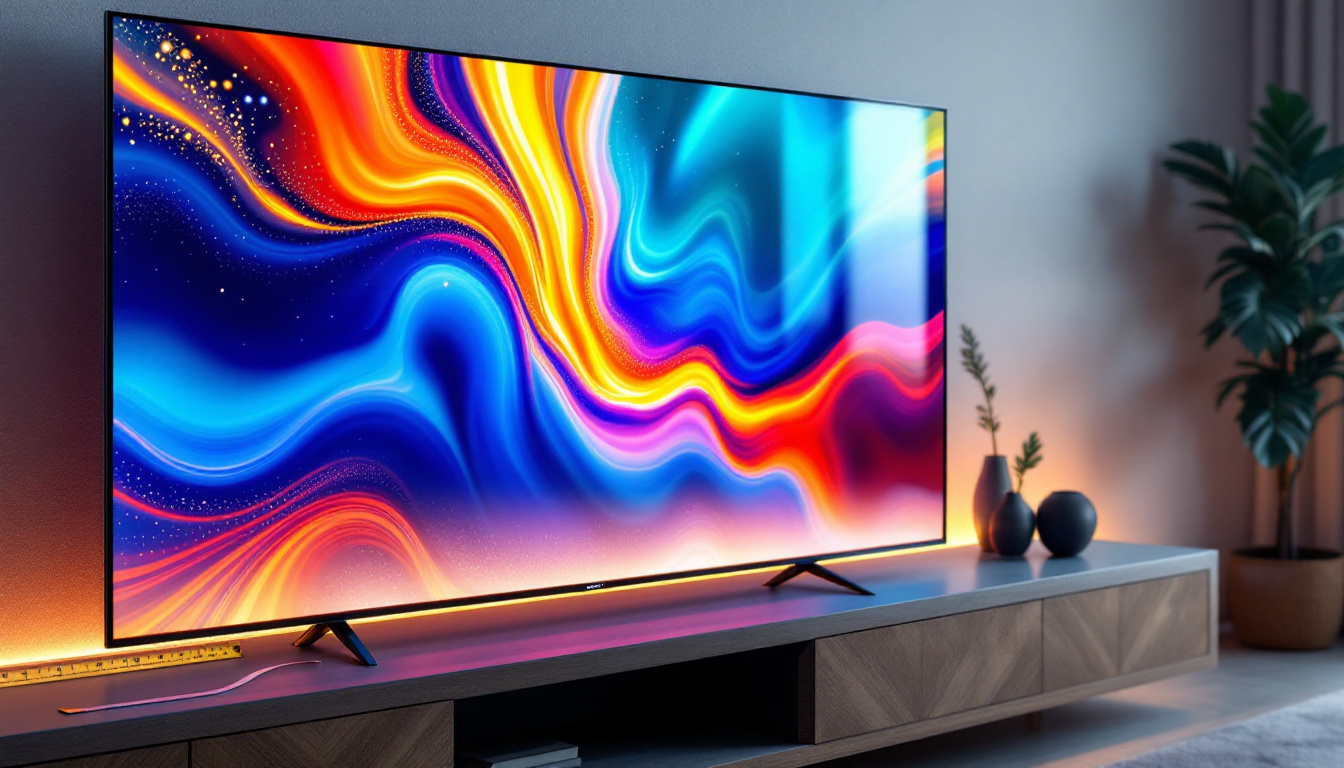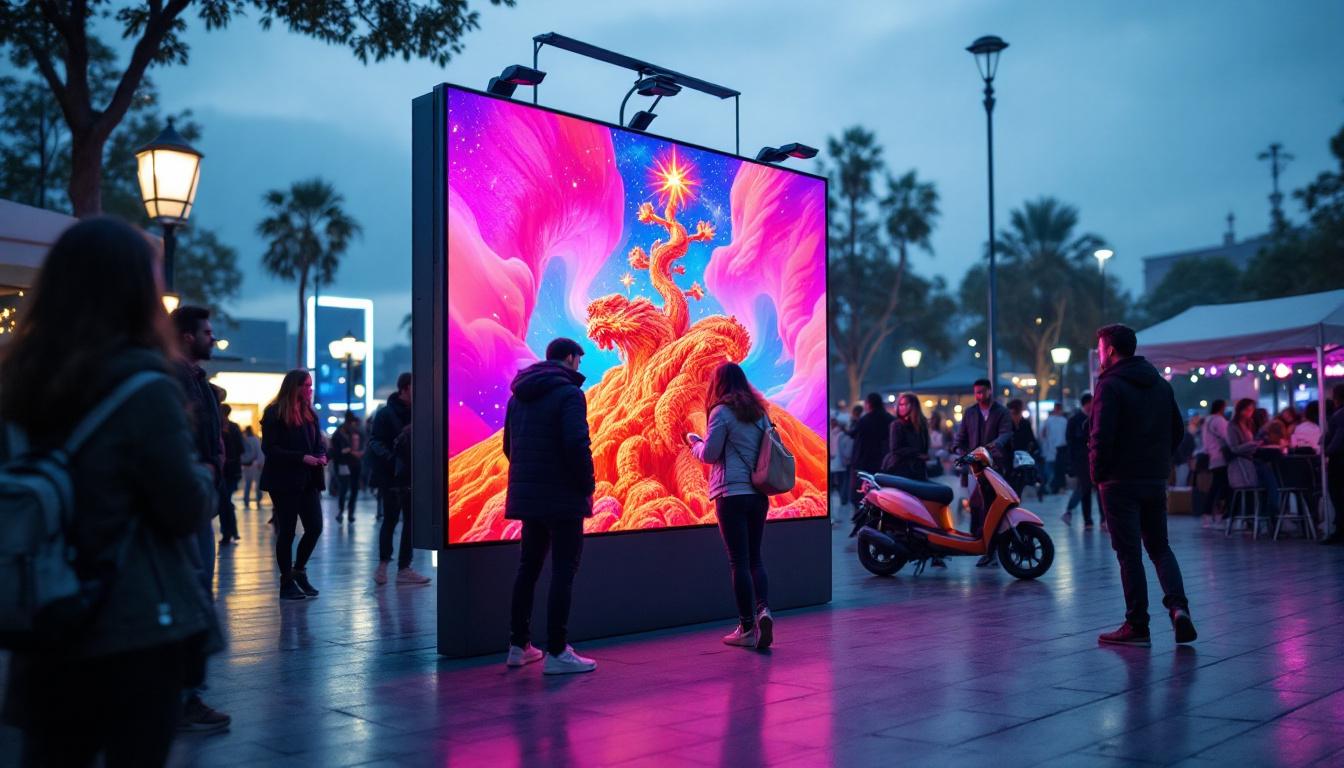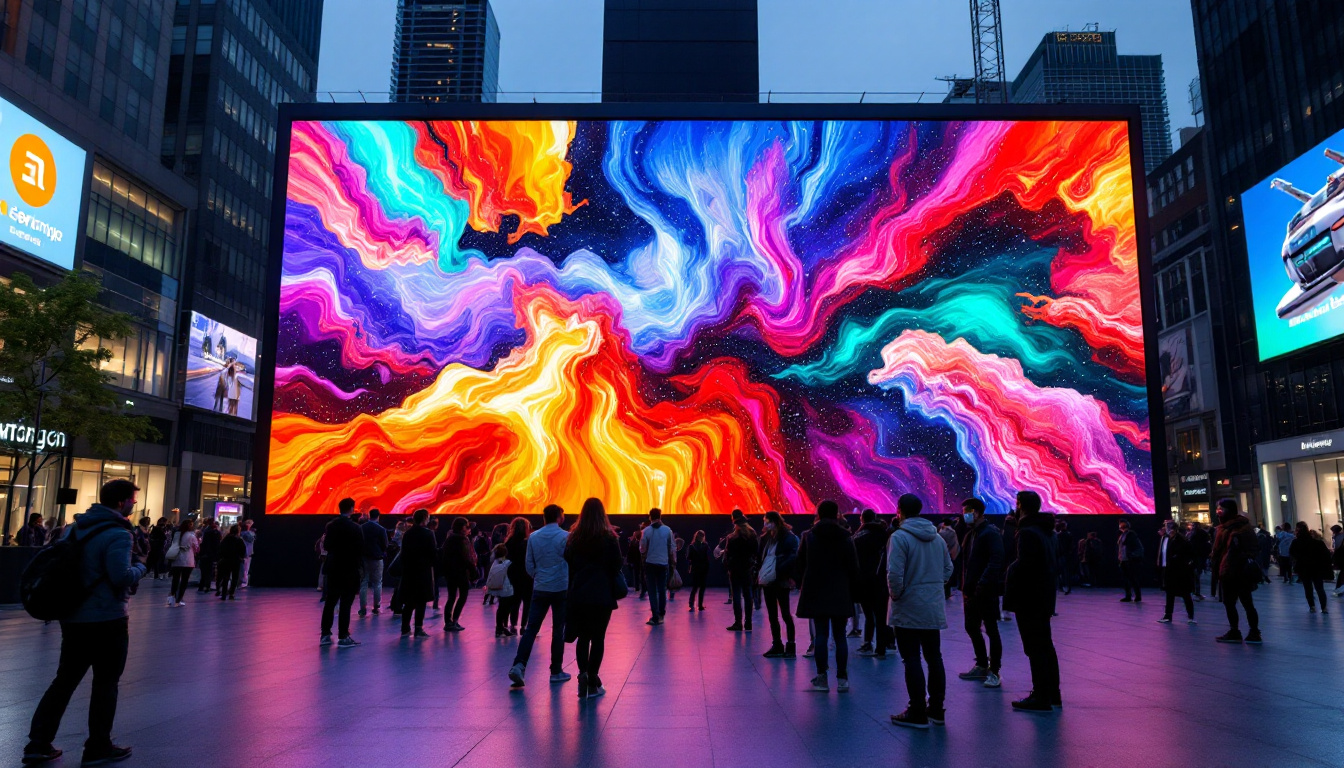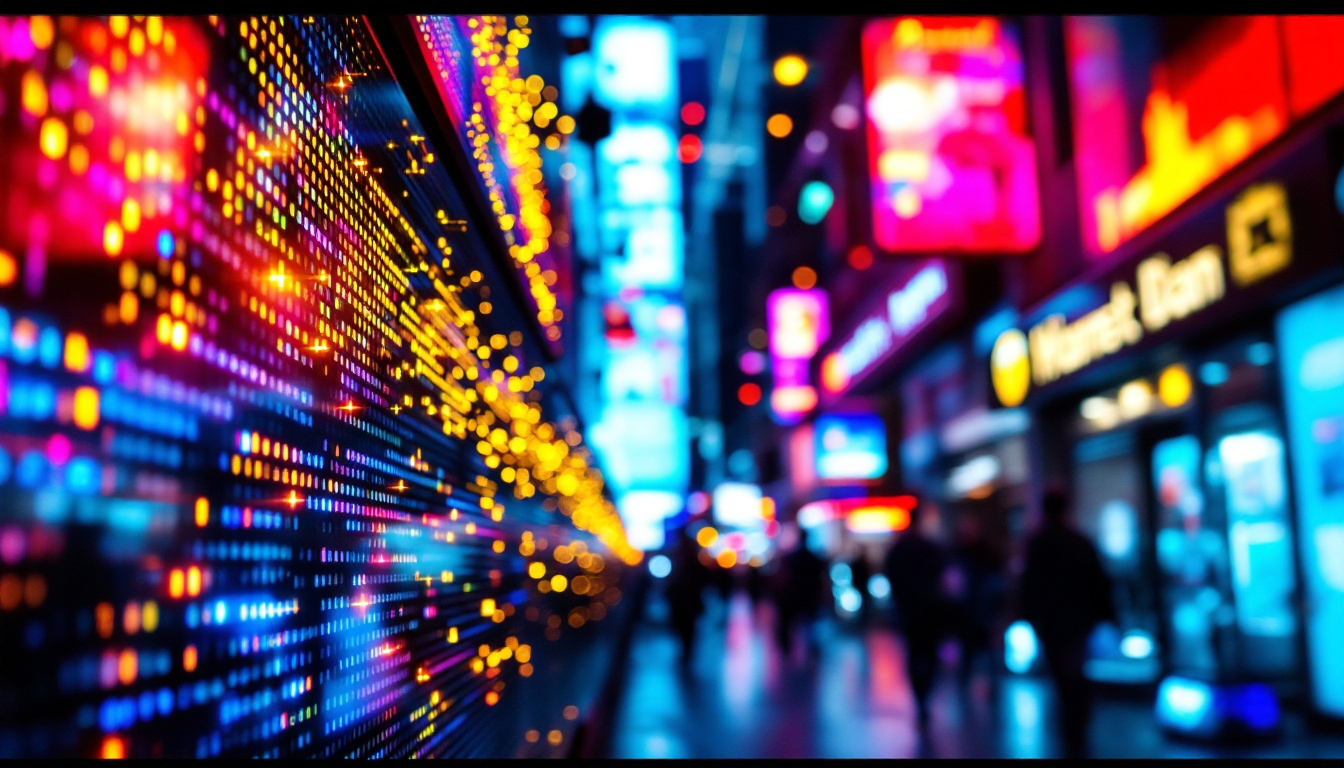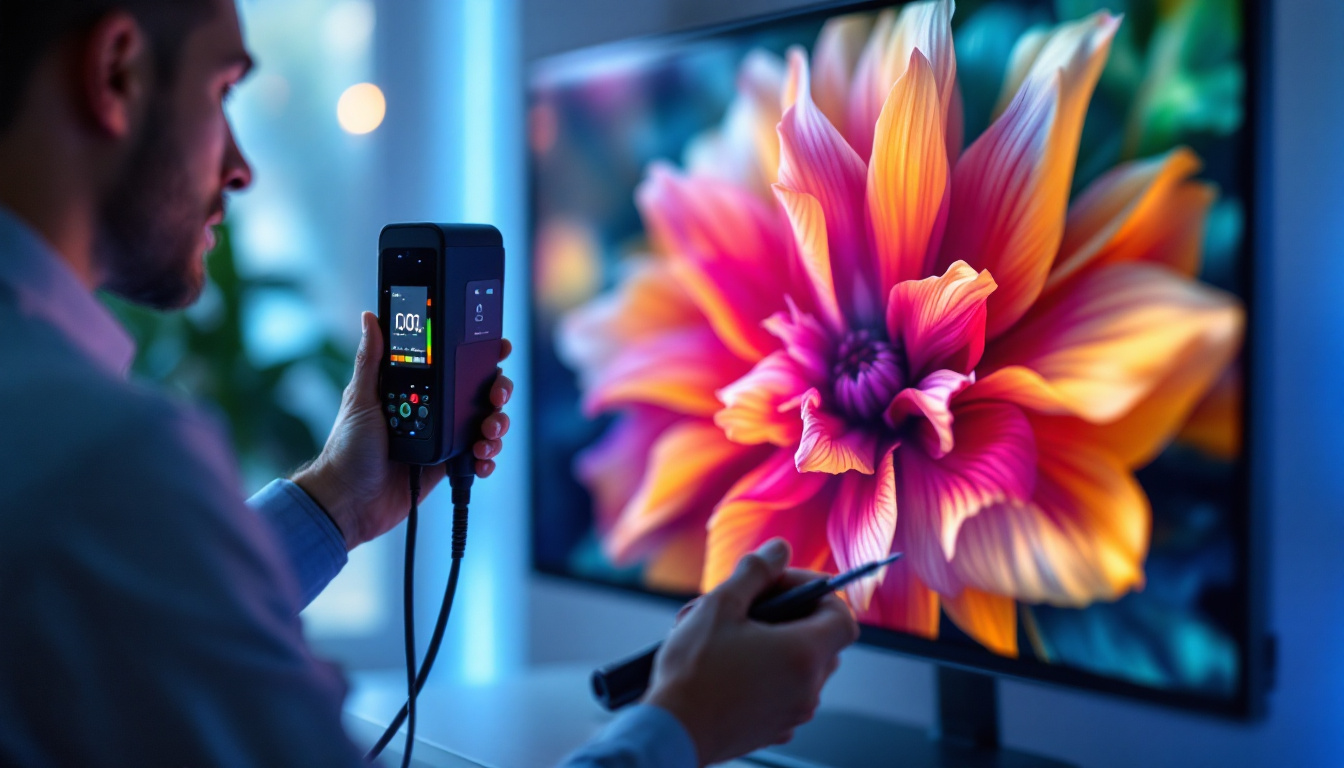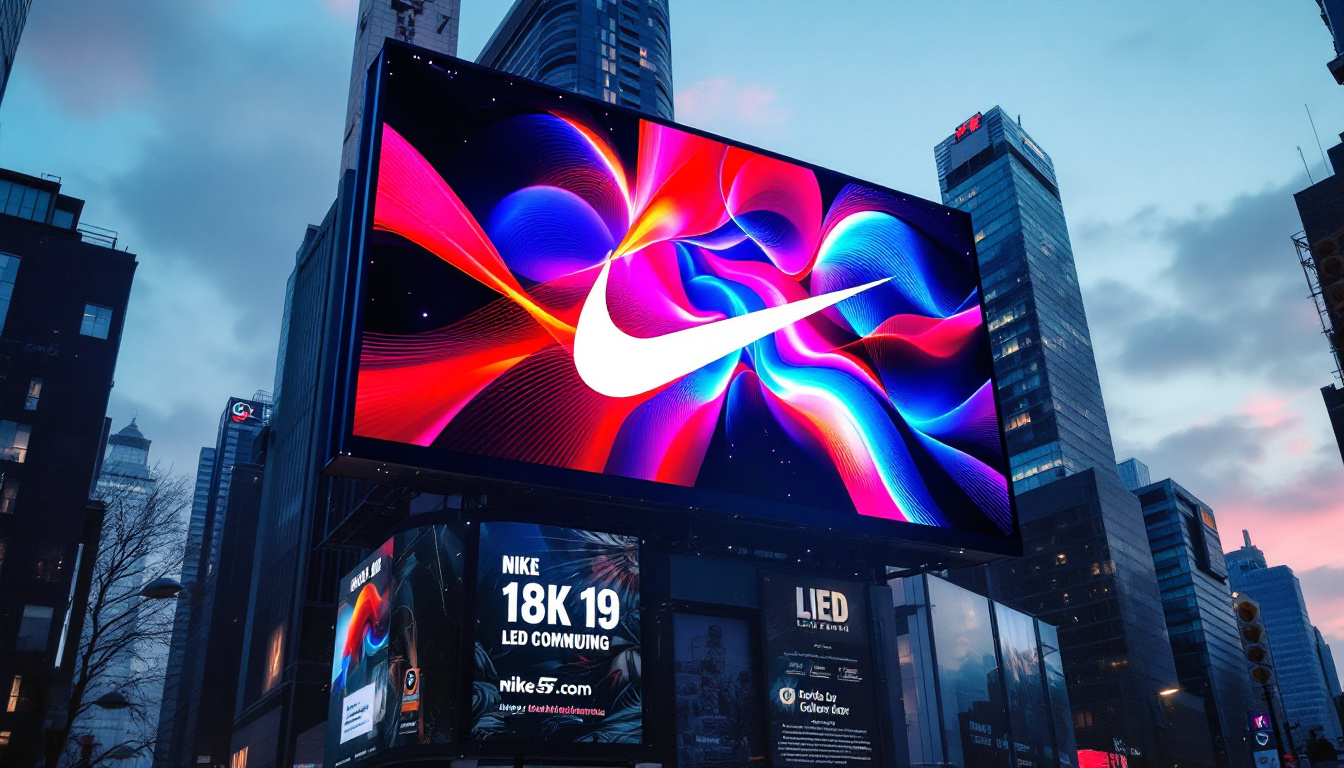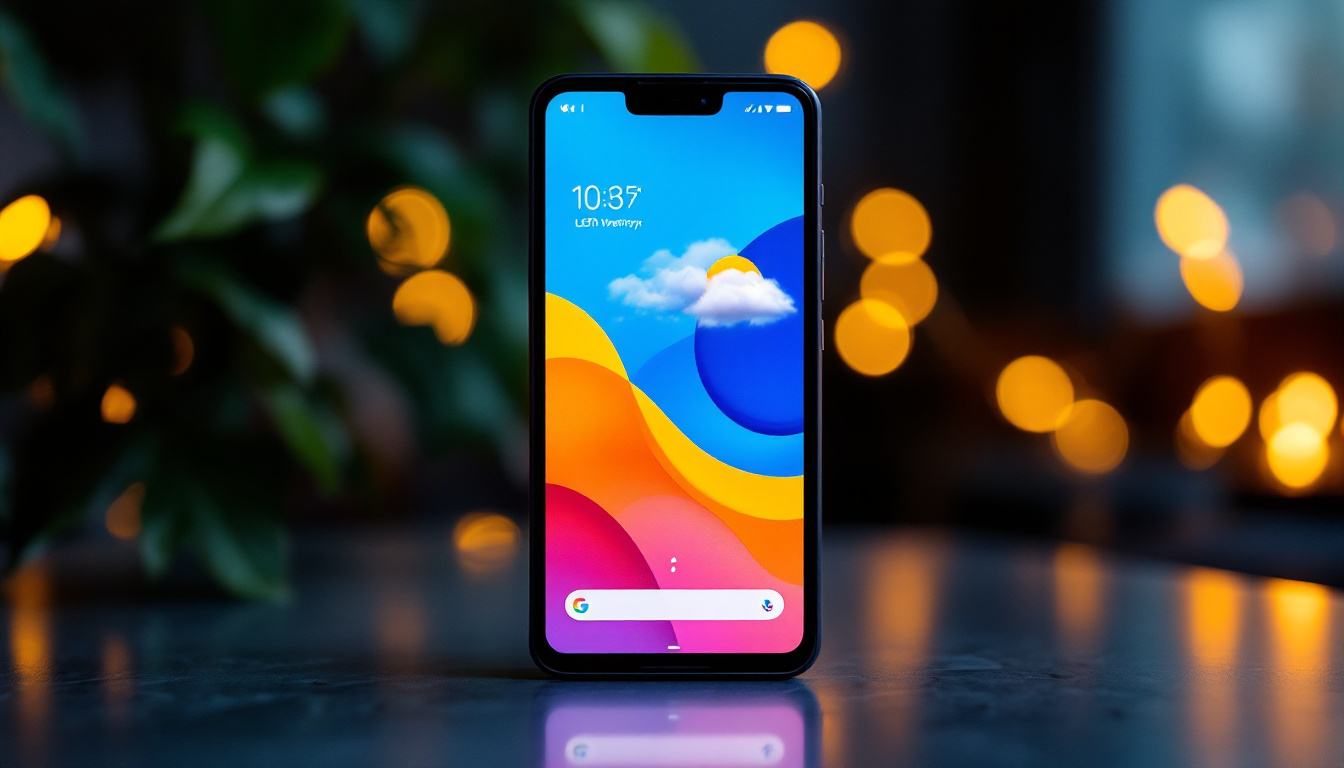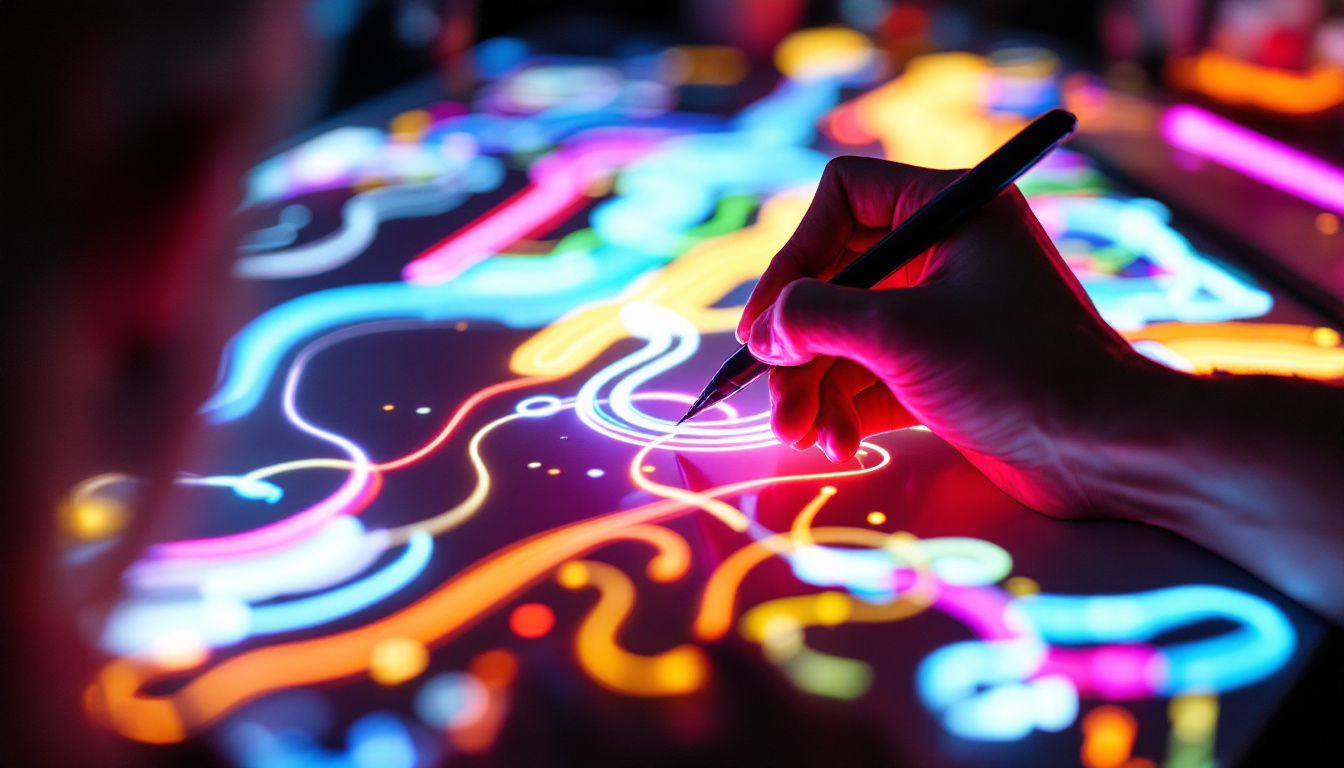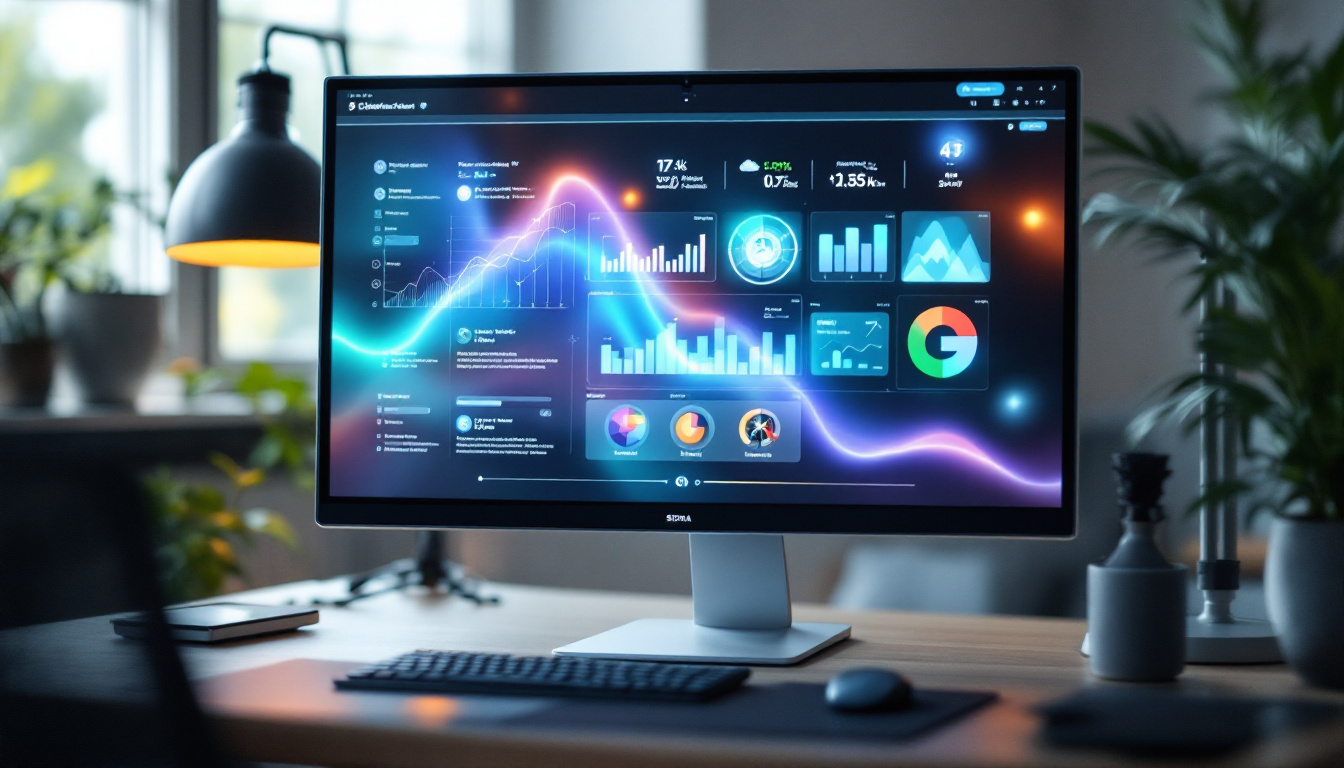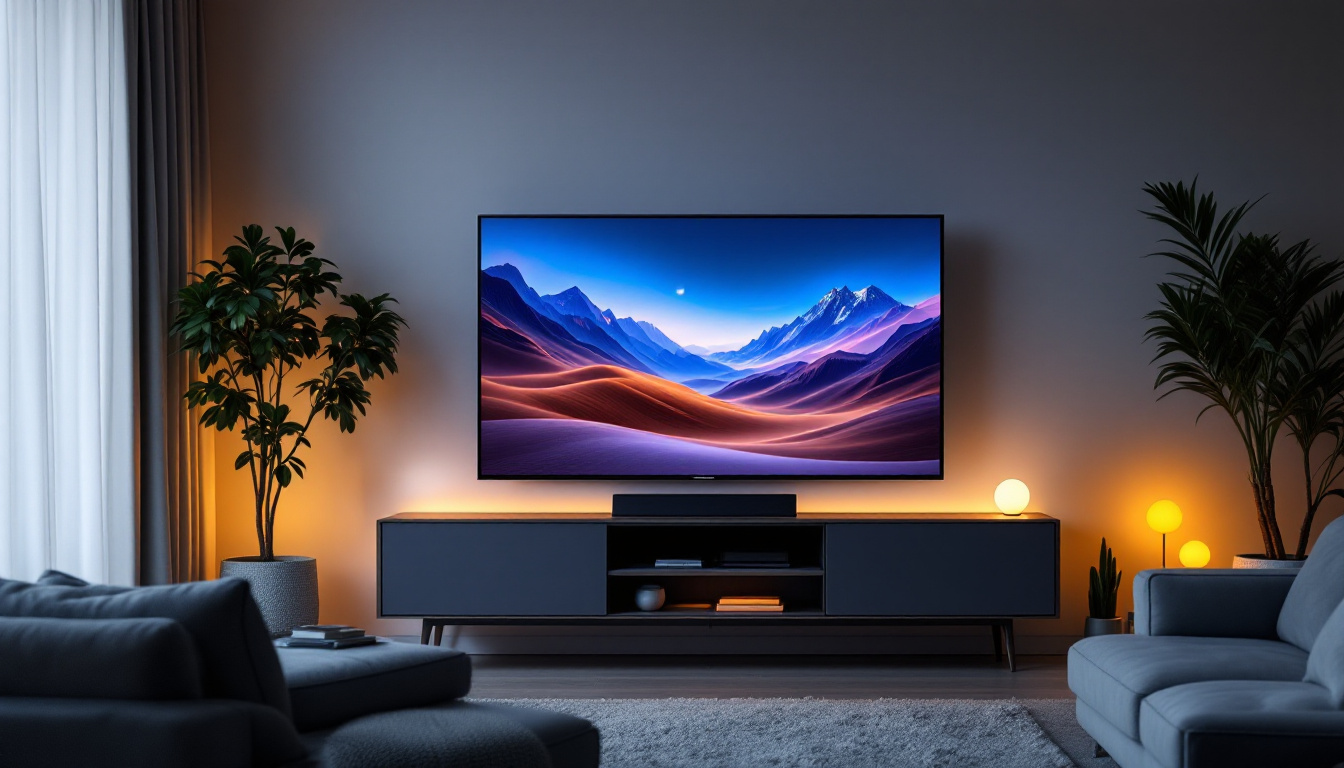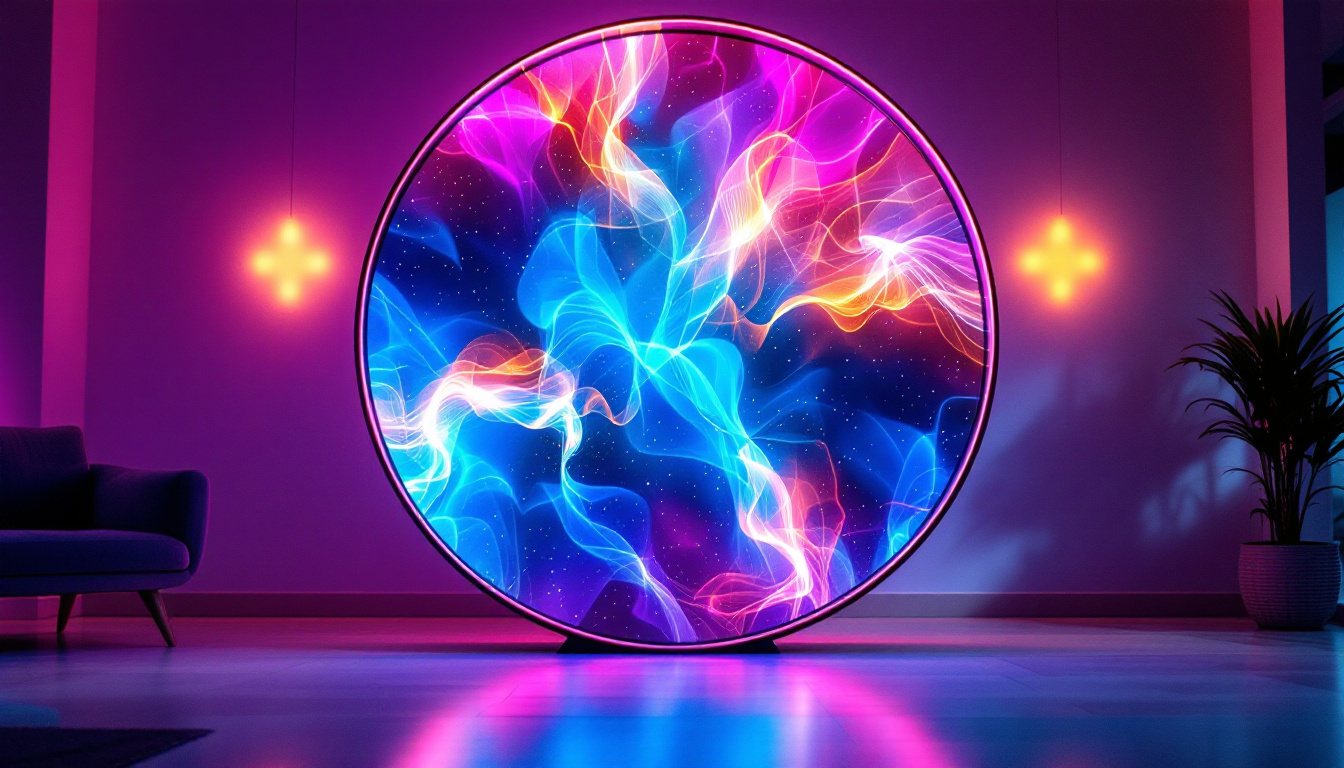In today’s digital age, the demand for vibrant and engaging visual displays has surged. Among the various technologies available, LED outdoor screens have emerged as a popular choice for businesses, events, and public spaces. This article delves into the intricacies of LED displays, their benefits, applications, and the technology behind them.
What is an LED Outdoor Screen?
LED outdoor screens are large display panels that utilize Light Emitting Diodes (LEDs) to produce bright and colorful images. These screens are designed to withstand outdoor conditions, making them ideal for advertising, entertainment, and information dissemination. Their high brightness levels ensure visibility even in direct sunlight, which is a critical factor for outdoor installations. Additionally, the energy efficiency of LED technology means that these screens consume less power compared to traditional display options, making them a more sustainable choice for businesses and organizations looking to reduce their environmental impact.
Moreover, LED outdoor screens are often equipped with advanced features such as high refresh rates and wide viewing angles, allowing for a dynamic viewing experience. This versatility has made them increasingly popular in various sectors, from sports arenas showcasing live events to retail spaces promoting sales and special offers. The ability to display vibrant graphics and videos in real-time enhances audience engagement, making LED outdoor screens a powerful tool for communication and marketing.
Components of LED Outdoor Screens
Understanding the components of an LED outdoor screen is essential for grasping how they function. The primary elements include:
- LED Modules: These are the building blocks of the screen, consisting of numerous tiny LEDs that emit light in various colors. The arrangement and density of these modules can significantly affect the screen’s resolution and overall image quality.
- Control Systems: This component manages the content displayed on the screen, allowing for real-time updates and scheduling. Advanced control systems can also integrate with content management software, enabling users to create dynamic advertisements that can change based on time of day or audience demographics.
- Power Supply: A robust power supply is crucial for ensuring the screen operates efficiently, especially in outdoor settings. It often includes backup systems to maintain functionality in case of power outages, ensuring that important messages are always visible.
Types of LED Outdoor Screens
There are several types of LED outdoor screens, each serving different purposes:
- Fixed LED Screens: These are permanent installations, typically used for advertising and broadcasting information. Their durability and high visibility make them ideal for high-traffic areas such as highways and city centers.
- Mobile LED Screens: Designed for events, these screens can be transported and set up in various locations. They are often mounted on trailers or trucks, making them perfect for concerts, festivals, and sporting events, where flexibility and mobility are key.
- Interactive LED Screens: These screens engage viewers through touch or motion sensors, making them ideal for exhibitions and trade shows. Their interactive capabilities can enhance user experience by allowing visitors to explore content in a more engaging way, fostering a deeper connection with the displayed information.
Benefits of LED Outdoor Screens
LED outdoor screens offer numerous advantages that make them a preferred choice for many applications. Here are some key benefits:
High Visibility
One of the most significant advantages of LED outdoor screens is their high visibility. With brightness levels that can exceed 10,000 nits, these screens can be easily seen in bright daylight. This feature is particularly beneficial for advertising, as it ensures that messages reach a wider audience. The vivid colors and sharp images produced by LED technology also capture attention more effectively than traditional billboards, making them an ideal choice for high-traffic areas such as city centers and event venues. Additionally, the ability to display dynamic content, such as videos and animations, allows businesses to engage passersby in a way that static displays simply cannot.
Energy Efficiency
LED technology is known for its energy efficiency. Compared to traditional display technologies, LED screens consume less power while delivering superior brightness and color accuracy. This efficiency not only reduces operational costs but also minimizes the environmental impact. Many LED outdoor screens are designed with smart technology that allows for automatic brightness adjustment based on ambient light conditions, further optimizing energy use. This means that during the day, the screen can operate at a lower brightness level, conserving energy without sacrificing visibility. As sustainability becomes increasingly important in business practices, the energy-efficient nature of LED screens aligns well with eco-friendly initiatives.
Durability and Longevity
LED outdoor screens are built to endure harsh weather conditions, including rain, snow, and extreme temperatures. Their robust construction ensures a longer lifespan, often exceeding 100,000 hours of operation. This durability makes them a wise investment for businesses looking to enhance their outdoor advertising strategies. Furthermore, many LED screens are equipped with protective features such as waterproof casings and UV-resistant coatings, which help prevent damage from the elements. This resilience means that businesses can rely on their displays to function effectively year-round, reducing the need for frequent repairs or replacements. As a result, companies can focus on their marketing efforts without the constant worry of equipment failure.
Applications of LED Outdoor Screens
The versatility of LED outdoor screens allows them to be utilized in a variety of settings. Here are some common applications:
Advertising
Businesses leverage LED outdoor screens for advertising purposes, showcasing promotions, brand messages, and product launches. The dynamic nature of these displays allows for rotating content, ensuring that viewers are constantly engaged.
Event Displays
From concerts to sports events, LED screens play a crucial role in enhancing the audience experience. They provide real-time updates, live feeds, and video replays, ensuring that attendees do not miss any action.
Public Information Displays
LED outdoor screens are also used for public information, such as traffic updates, weather alerts, and emergency announcements. Their ability to convey crucial information quickly and effectively makes them invaluable in urban settings.
How LED Outdoor Screens Work
The operation of LED outdoor screens involves several technical processes that work together to create stunning visual displays. Understanding these processes can shed light on the technology behind these screens.
Pixel Configuration
LED outdoor screens are made up of pixels, each consisting of red, green, and blue LEDs. By varying the intensity of each color, the screen can produce a wide spectrum of colors. The configuration of these pixels determines the screen’s resolution and image clarity.
Signal Processing
Signal processing is a critical aspect of LED screen operation. The control system receives data from various sources, such as computers or media players, and translates it into a format that the screen can display. This process includes scaling, color correction, and synchronization to ensure a seamless visual experience.
Brightness and Color Calibration
To maintain optimal performance, LED outdoor screens undergo regular brightness and color calibration. This process ensures that the colors displayed are accurate and vibrant, regardless of environmental conditions. Advanced calibration techniques can adjust brightness levels based on ambient light, enhancing visibility.
Choosing the Right LED Outdoor Screen
Selecting the appropriate LED outdoor screen for a specific application involves considering several factors. Here are key aspects to evaluate:
Resolution
The resolution of an LED screen is a crucial factor that affects image quality. Higher resolution screens offer clearer and more detailed images, making them suitable for close viewing distances. For large-scale advertising, a lower resolution may suffice, as viewers are typically farther away.
Size and Format
LED outdoor screens come in various sizes and formats. The choice of size depends on the viewing distance and the available space. Additionally, the format—whether landscape or portrait—should align with the intended use, such as advertising or event displays.
Installation and Maintenance
Consideration of installation and maintenance requirements is essential when choosing an LED outdoor screen. Some screens may require specialized installation techniques, while others are more straightforward. Regular maintenance is also crucial for ensuring longevity and optimal performance.
Future Trends in LED Outdoor Screens
The technology behind LED outdoor screens continues to evolve, with emerging trends that promise to enhance their functionality and effectiveness. Here are some anticipated developments:
Smart Technology Integration
As smart technology becomes more prevalent, the integration of IoT (Internet of Things) capabilities into LED outdoor screens is expected to rise. This integration will allow for remote monitoring, real-time content updates, and data analytics to optimize advertising strategies.
Higher Resolution Displays
With advancements in pixel technology, higher resolution LED displays are becoming more accessible. This trend will enable businesses to deliver even more detailed and engaging content, enhancing viewer experiences.
Eco-Friendly Innovations
As sustainability becomes a priority, manufacturers are focusing on eco-friendly innovations in LED outdoor screens. This includes using recyclable materials, energy-efficient components, and sustainable manufacturing practices to minimize environmental impact.
Conclusion
LED outdoor screens have revolutionized the way information and advertisements are presented in public spaces. Their high visibility, energy efficiency, and durability make them a superior choice for various applications. As technology continues to advance, the potential for LED screens will only grow, offering exciting opportunities for businesses and communities alike.
Investing in LED outdoor screens not only enhances visibility and engagement but also positions businesses at the forefront of modern advertising and communication strategies. With careful consideration of factors such as resolution, size, and installation, organizations can leverage this technology to achieve their goals effectively.
Discover LumenMatrix’s Innovative LED Display Solutions
Ready to elevate your visual communication and advertising strategy with cutting-edge LED technology? LumenMatrix is at the forefront of LED display innovation, offering a wide array of solutions tailored to your needs. From captivating Indoor and Outdoor LED Wall Displays to dynamic Vehicle and Sports LED Displays, our products are designed to enhance brand visibility and engage your audience. Experience the future of digital signage with our All-in-One LED Displays, LED Transparent Displays, and more. Check out LumenMatrix LED Display Solutions today and transform your message into an unforgettable visual experience.

